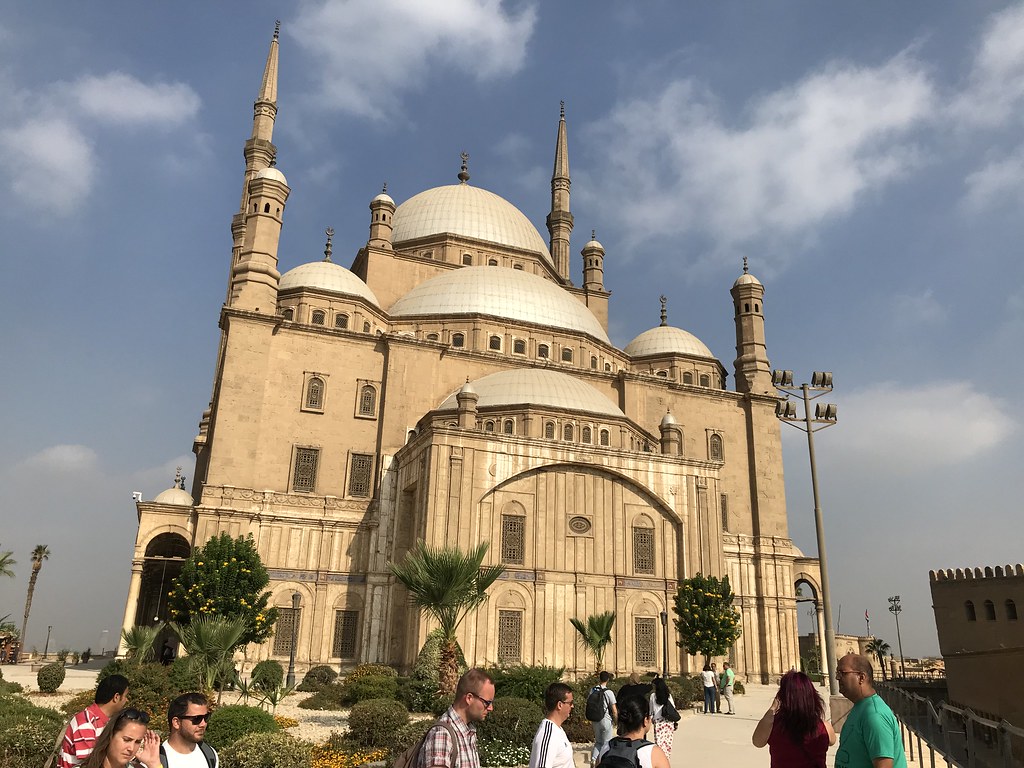
In a commanding location at the foot of the Mokattam Hills, Cairo’s citadel was built by Saladin in 1176. The original structure he laid out has long disappeared except for the eastern outer walls, but a legacy of rulers has made their own additions here.
The Mosque of Muhammad Ali is the most famous monument and the main reason for visiting. Nicknamed the “Alabaster Mosque,” its white stone and tall, disproportionately slender minarets are one of Cairo’s great landmarks. The other big reason to come up here are the views across the city; head to the Gawhara Terrace for the best panorama in town.
Just to the northeast of the Muhammad Ali Mosque is the El-Nasir Mosque, built in 1318-35 by Mohammed el-Nasir. A collection of rather half-hearted museums (the Police Museum, National Military Museum, and Carriage Museum) take up some of the other buildings on site and are more worthwhile viewing for the architecture of the actual buildings rather than the exhibits themselves.
You can walk to the citadel area from Bab Zuweila, if you’re feeling energetic, by heading along Khayyamiyya Street. The walk takes about 30 minutes.








